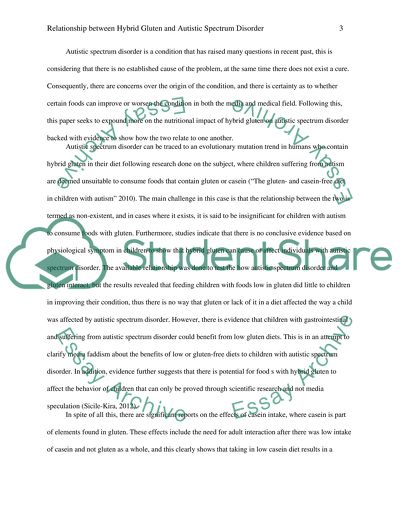Cite this document
(“CAN AUTISTIC SPECTRUM DISORDER BE TRACED TO AN EVOLUTIONARY MUTATION Term Paper”, n.d.)
CAN AUTISTIC SPECTRUM DISORDER BE TRACED TO AN EVOLUTIONARY MUTATION Term Paper. Retrieved from https://studentshare.org/psychology/1482277-can-autistic-spectrum-disorder-be-traced-to-an
CAN AUTISTIC SPECTRUM DISORDER BE TRACED TO AN EVOLUTIONARY MUTATION Term Paper. Retrieved from https://studentshare.org/psychology/1482277-can-autistic-spectrum-disorder-be-traced-to-an
(CAN AUTISTIC SPECTRUM DISORDER BE TRACED TO AN EVOLUTIONARY MUTATION Term Paper)
CAN AUTISTIC SPECTRUM DISORDER BE TRACED TO AN EVOLUTIONARY MUTATION Term Paper. https://studentshare.org/psychology/1482277-can-autistic-spectrum-disorder-be-traced-to-an.
CAN AUTISTIC SPECTRUM DISORDER BE TRACED TO AN EVOLUTIONARY MUTATION Term Paper. https://studentshare.org/psychology/1482277-can-autistic-spectrum-disorder-be-traced-to-an.
“CAN AUTISTIC SPECTRUM DISORDER BE TRACED TO AN EVOLUTIONARY MUTATION Term Paper”, n.d. https://studentshare.org/psychology/1482277-can-autistic-spectrum-disorder-be-traced-to-an.


